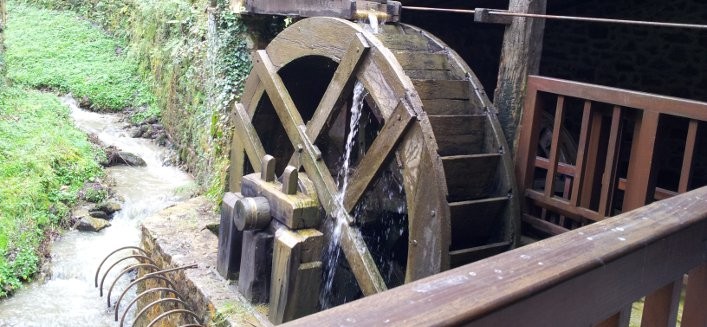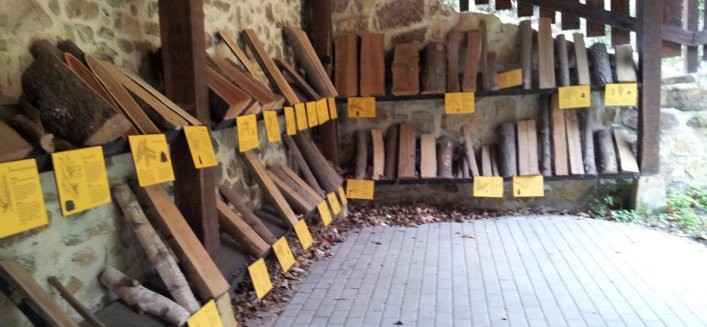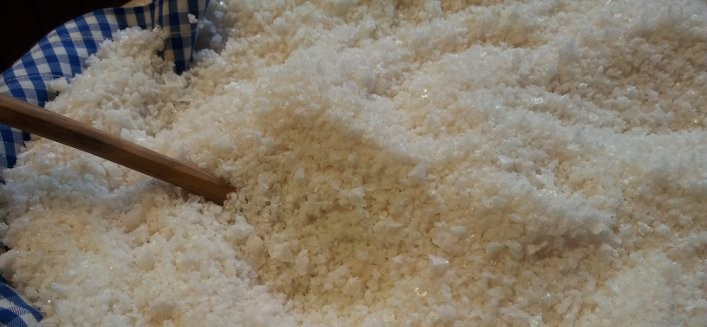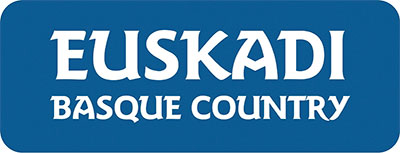The museum is located in the same facilities where the salt was extracted for many centuries, 250 meters from the town centre and on route to the Sanctuary of Dorleta.
The activity surrounding the deposits became the “salt of life” for the district over the centuries, giving it life and as well as its name.
The cold and damp weather of the town did not enable salt production by means of solar evaporation, a fact that made it different from other salt producing towns; instead a meticulous process involving the heating of water on log fires was used.
Salt, also referred to as “white gold”, has been a prized economic asset due to its properties essential for human and animal nourishment, as well as its use in food preservation. Today over 14,000 direct or indirect properties of salt have been identified.
The history and evolution of salt mining is recreated in the museum which has been restored and adapted to demonstrate the different salt production methods used from the Iron Age until 1972, when the mines were closed due to the strong competition from marine salt production.





